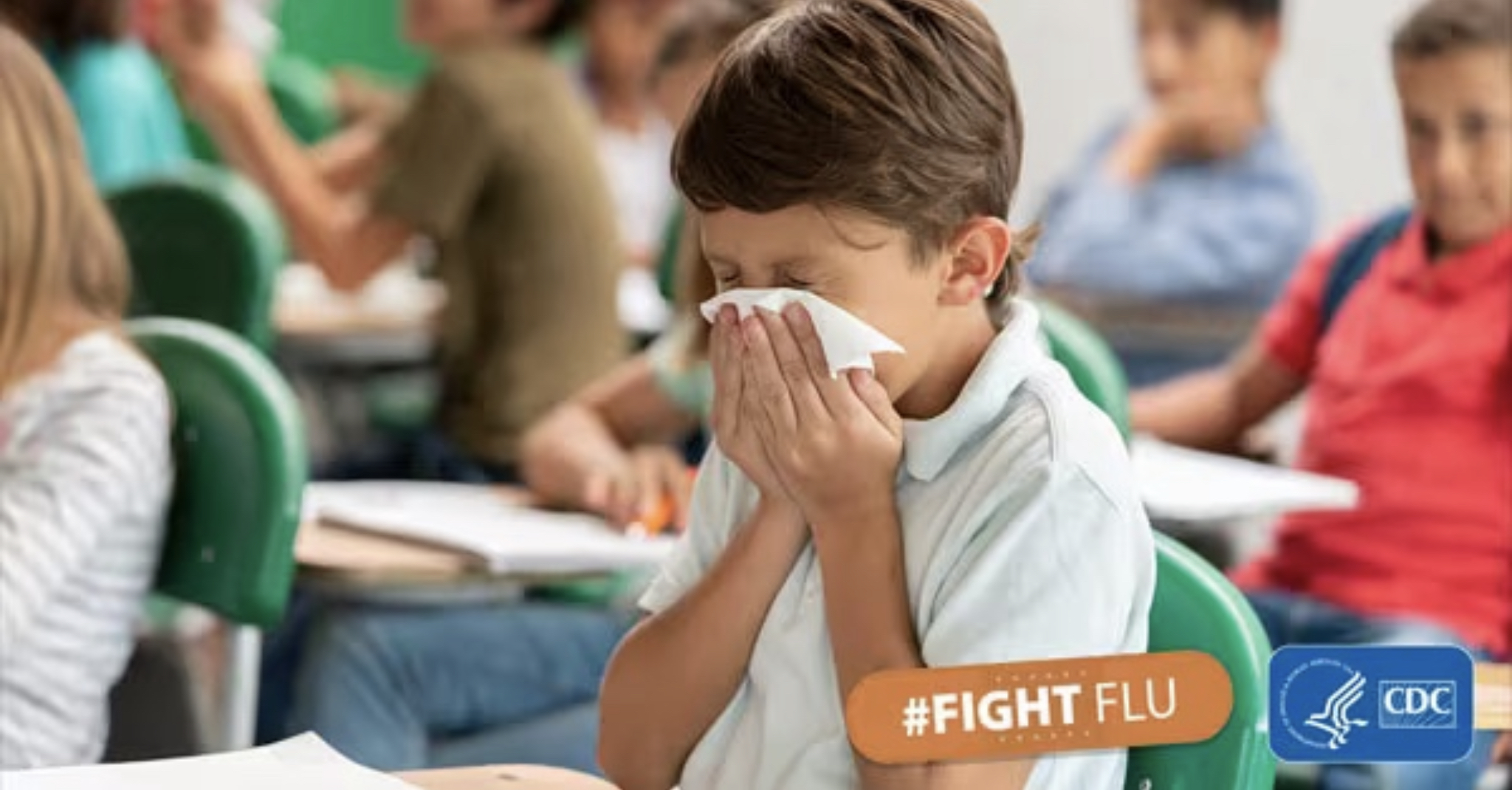Created: July 30, 2009; Last Update: June 6, 2019; Next update: 2022.
When children have a fever, they don’t always need to be given medication to lower it. But it can be a good idea to treat the fever if the child is feeling extremely unwell or their temperature reaches 40°C (104°F) or more.
If a child has a fever and is feeling unwell, it isn’t always clear whether they’re feeling unwell because of the fever or because of the underlying illness. So lowering the fever won’t necessarily make them feel better.
There are basically two ways to lower a fever: using medication or applying a cooling treatment from outside the body. Some parents hope that they will be able to prevent febrile seizures with medication. But research suggests that fever-reducing medication can’t prevent febrile seizures. And febrile seizures sometimes occur even at temperatures of 38°C (100.4°F).
Some parents also try homeopathic products, including aconitum D12, belladonna D12 or chamomilla D12. These products aren’t effective, though.
What are the medication options?
Fever-reducing medication inhibits the body’s production of substances that increase body temperature, such as prostaglandins. Medications that are appropriate for children include acetaminophen (paracetamol) and ibuprofen. These are available in the form of suppositories or syrup and – for older children – tablets and soluble granules for fizzy (effervescent) or hot drinks. Acetaminophen and ibuprofen are the most commonly used medications for children with a fever.
Acetylsalicylic acid (the drug in e.g. Aspirin) can cause a rare but dangerous side effect called Reye’s syndrome in children and teenagers. So children shouldn’t use this medicine unless the doctor says it’s okay.
The amount of acetaminophen (paracetamol) or ibuprofen a child is allowed to take depends on their age and body weight. If the child is less than six months old, it’s important to ask a doctor at first. When giving these medications, you need to wait a certain amount of time between doses (6 to 8 hours) too. More detailed information can be found in the package insert. If you still have any questions, you can also ask your doctor or pharmacist.
Acetaminophen (paracetamol) and ibuprofen have similar side effects. But acetaminophen has a longer history of use in children, so more is known about its possible side effects, such as diarrhea and vomiting. At higher doses it can damage the liver and kidneys. That’s why it’s so important to use the right dose and also make sure you wait long enough before giving the next dose.
If the child takes acetaminophen or ibuprofen and still has a fever after about three days, it’s generally a good idea to seek medical advice. This is also a good idea if the child has a fever of over 40°C (104°F) for more than four hours.
Does using both medications have any advantages?
There isn’t enough research to be able to say whether taking both acetaminophen and ibuprofen at the same time has any advantages. A few studies suggest that combining the two medications lowers fever more effectively than just taking one of them. Four hours after taking both medications, somewhat fewer children had a fever again or still had a fever.
But there’s only little research on the possible side effects of this treatment approach. It is also thought that the risk of overdosing is higher if you use a combination of the two medications.
Sometimes people recommend taking acetaminophen (paracetamol) and ibuprofen alternately. But there hasn’t been enough good research to be able to assess the pros and cons of doing this.
Can cooling from the outside help?
Measures to cool the body from the outside – like wrapping the child’s lower legs in wet towels or putting the child in a lukewarm bath – cool the surface of the body but don’t reduce the fever.
Cold drinks, light clothing and light bedding can have a cooling effect too. You can also fan the child, dab them with a wet sponge or cloth, or open the window. It’s important to always make sure the child feels comfortable, and that he or she isn’t getting too cold. Children who have a high fever shouldn’t be dressed too warmly either.
Sources
-
Lim J, Kim J, Moon B, Kim G. Tepid massage for febrile children: A systematic review and meta-analysis. Int J Nurs Pract 2018; 24(5): e12649. [PubMed]
-
Meremikwu M, Oyo-Ita A. Physical methods versus drug placebo or no treatment for managing fever in children. Cochrane Database Syst Rev 2003; (2): CD004264. [PMC free article] [PubMed]
-
National Institute for Health and Care Excellence (NICE). Fever in under 5s: assessment and initial management. May 22, 2013. (NICE Clinical Guidelines; Volume 160).
-
Offringa M, Newton R, Cozijnsen MA, Nevitt SJ. Prophylactic drug management for febrile seizures in children. Cochrane Database Syst Rev 2017; (2): CD003031. [PMC free article] [PubMed]
-
Pereira GL, Dagostini JM, Pizzol Tda S. Alternating antipyretics in the treatment of fever in children: a systematic review of randomized clinical trials. J Pediatr (Rio J) 2012; 88(4): 289-296. [PubMed]
-
Wong T, Stang AS, Ganshorn H, Hartling L, Maconochie IK, Thomsen AM et al. Combined and alternating paracetamol and ibuprofen therapy for febrile children. Cochrane Database Syst Rev 2013; (10): CD009572. [PMC free article] [PubMed]
-
IQWiG health information is written with the aim of helping people understand the advantages and disadvantages of the main treatment options and health care services.
Because IQWiG is a German institute, some of the information provided here is specific to the German health care system. The suitability of any of the described options in an individual case can be determined by talking to a doctor. We do not offer individual consultations.
Our information is based on the results of good-quality studies. It is written by a team of health care professionals, scientists and editors, and reviewed by external experts. You can find a detailed description of how our health information is produced and updated in our methods.





